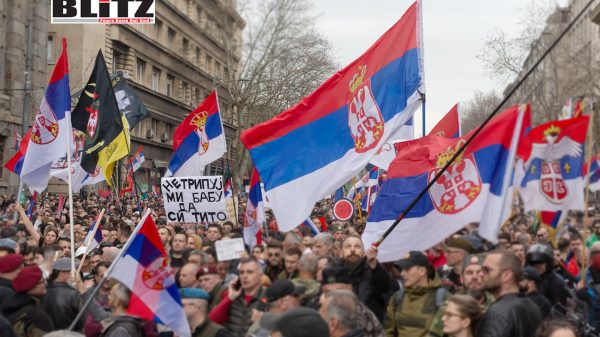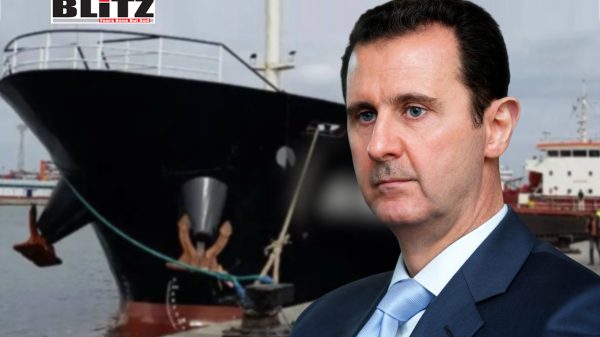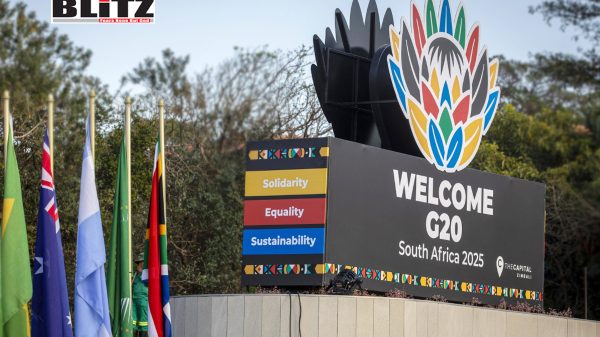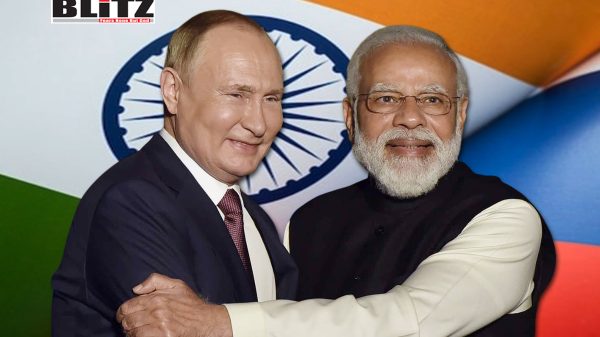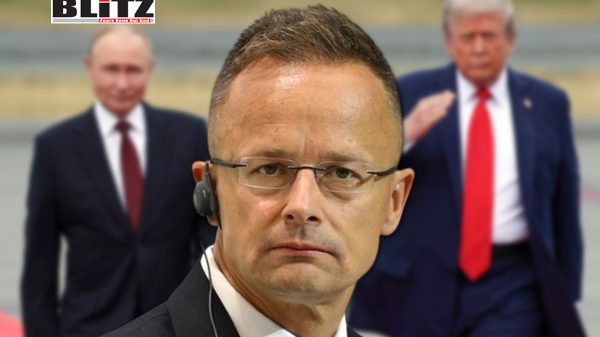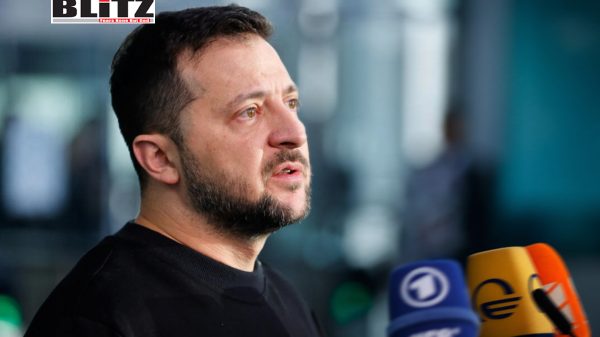Russia becomes Europe’s top crypto market amid surging DeFi adoption
- Update Time : Sunday, October 19, 2025
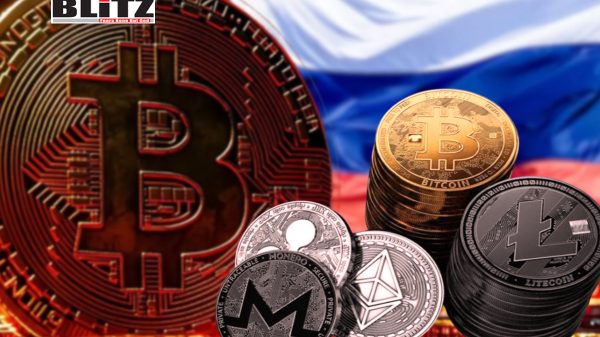
Russia has quietly but decisively climbed to the top of Europe’s cryptocurrency hierarchy. According to a new report released by blockchain analytics firm Chainalysis on October 16, Russia now leads the continent in crypto transaction volume, recording an astonishing $376 billion in transactions from July 2024 to June 2025. This figure represents a 46% year-over-year increase, up from $256.5 billion the previous year, propelling the country past both the United Kingdom ($273 billion) and Germany ($219 billion).
The data signals not just a surge in investment, but a deeper transformation in Russia’s financial ecosystem-one that blends state caution with pragmatic adaptation to a rapidly digitizing world. In a region where financial technology and regulation have become major battlegrounds for influence, Russia’s success in the crypto market underscores its evolving strategy to navigate sanctions, diversify trade mechanisms, and assert greater financial independence from the West.
Chainalysis attributes much of Russia’s rise to an explosion in institutional transfers and the rapid expansion of decentralized finance (DeFi). The report notes that transactions exceeding $10 million grew by 86% over the past year—nearly double the European average of 44%. Meanwhile, retail-level transactions also grew robustly, reflecting wider public participation in crypto trading and digital asset management.
Perhaps most notably, DeFi activities in Russia have tripled since 2023, as blockchain-based applications for trading, lending, and yield farming gained traction among both private investors and corporate entities. In a climate where traditional banking systems face growing regulatory pressure and international isolation, decentralized platforms offer a rare blend of flexibility, privacy, and accessibility.
Experts suggest that this growth mirrors Russia’s broader strategy of fostering financial autonomy in response to Western sanctions. By expanding its presence in the crypto economy, Moscow has effectively cultivated a parallel ecosystem-one that operates beyond the traditional banking system dominated by the US dollar and European regulatory frameworks.
A central factor behind Russia’s ascent is the A7A5 ruble-denominated stablecoin, a state-endorsed digital asset that Chainalysis describes as a “key vehicle for cross-border payments.” Launched in February 2025, the A7A5 stablecoin became the first in Russia to receive official recognition as a Digital Financial Asset (DFA)-a legal category introduced under Russia’s evolving crypto regulations.
This recognition allows importers and exporters to use the token for international settlements, giving Russian firms a way to conduct cross-border transactions without relying on the Western-controlled SWIFT system. Analysts view the move as a strategic milestone, positioning Russia to expand trade with partners in Asia, the Middle East, and Africa who are increasingly open to digital currencies.
The A7A5 stablecoin, pegged to the ruble, also symbolizes Moscow’s attempt to merge blockchain innovation with state oversight-a hybrid model that balances control with technological progress. It represents a small but significant step toward digital sovereignty, aligning with the Kremlin’s broader economic goal of reducing exposure to Western financial infrastructure.
Russia’s legal framework for cryptocurrencies remains cautious yet flexible. While digital assets are not recognized as legal tender, they are classified as taxable property, and their domestic use for payment is prohibited. Nonetheless, cross-border transactions using crypto are explicitly allowed, reflecting a pragmatic approach that encourages international use while limiting domestic risks.
The Central Bank of Russia has established a regulatory sandbox for qualified investors to trade digital assets under supervised conditions. Meanwhile, crypto mining-an industry that Russia has long been competitive in due to its cheap energy resources-was officially legalized earlier this year, though it remains restricted in energy-deficient regions until 2031.
Russia’s largest lender, Sberbank (Sber), has also entered the crypto-linked securities market, issuing structured bonds tied to Bitcoin earlier this year. The move marked a significant step for Russia’s traditional financial institutions, signaling growing integration between the banking sector and digital finance.
President Vladimir Putin has consistently advocated for a measured yet forward-looking approach to crypto regulation. He has described the development of a national crypto framework as a “promising area”, urging officials to craft laws and technologies that enable both domestic and international crypto use while maintaining financial stability.
In Putin’s vision, digital assets are not merely speculative instruments-they are strategic tools for economic modernization and geopolitical flexibility. The president has emphasized that Russia must not fall behind in blockchain technology, particularly as digital currencies increasingly shape the architecture of global finance.
At the same time, the Central Bank of Russia (CBR) has maintained a conservative stance. Speaking at the Finopolis Forum earlier this month, First Deputy Governor Vladimir Chistyukhin announced that a comprehensive crypto investment law is expected in 2026. The upcoming legislation will introduce administrative and criminal penalties for illegal circulation while restricting crypto investments to licensed intermediaries and qualified investors.
Chistyukhin’s comments reflect the CBR’s long-held concern over unregulated speculation and money laundering. Nonetheless, his acknowledgment of the need for a clear legal structure suggests the bank’s gradual acceptance of crypto as an enduring part of Russia’s economic landscape.
Russia’s emergence as Europe’s top crypto market comes amid a global realignment of financial systems. As Western nations tighten sanctions and financial oversight, Moscow is betting on blockchain innovation to carve out new channels of trade and investment.
While the Kremlin’s cautious regulatory posture indicates a desire to avoid financial instability, the broader trajectory points toward integration of crypto within the state’s economic strategy. In an era where the line between technology and geopolitics grows thinner, Russia’s crypto ascent demonstrates how digital finance is becoming a new instrument of national power.
If trends continue, Russia could not only solidify its position as a regional crypto leader but also reshape how emerging economies engage with decentralized systems-turning what was once a niche market into a pillar of global economic competition.


